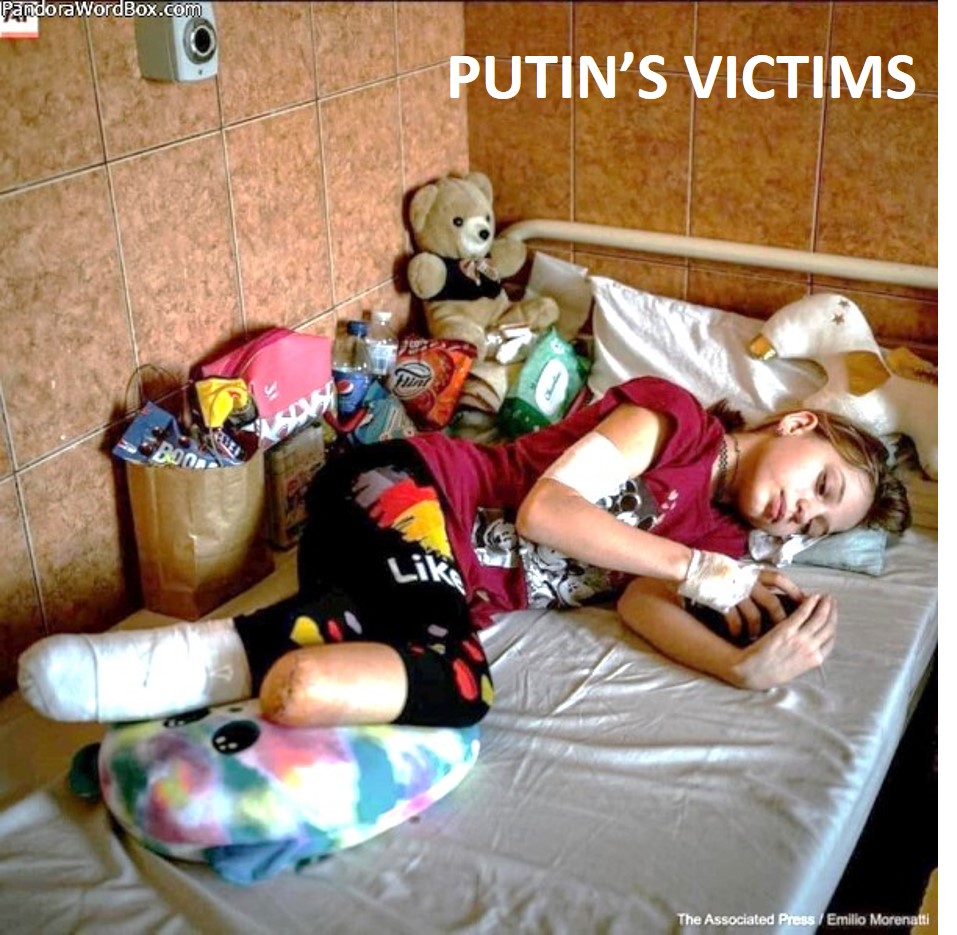Kniest Dysplasia
 [for Professionals mainly] [for Professionals mainly]
This disorder resembles classic metatropic dwarfism ... in many respects but is an autosomal dominant. Cartilage obtained by biopsy feels soft.
Histology shows lacunae in the cartilage, giving it a Swiss-cheese appearance ... The patients cannot make a tight fist ... a violaceous hue of
the palms ... face is characteristically rather flat ... Excessive urinary excretion of keratan sulfate was noted ... bony fusion between anterior
arch of the atlas and the odontoid and between the posterior arch of the atlas and the cranial base ... mutation in type 2 collagen resulting in
Kniest dysplasia ...
Spondyloepiphyseal Dysplasia, Congenital Type
 [for Professionals mainly] [for Professionals mainly]
Spranger and Wiedeman (1966) suggested this designation for a disorder affecting particularly the vertebrae and juxtatruncal epiphyses. Four of
6 patients had progressive myopia ... Platyspondyly, short limbs, and cleft palate were evident at birth. Other malformations included myopia,
hypoplasia of abdominal musculature, abdominal and inguinal hernias, and mental retardation. Detachment of the retina occurs in some patients
even without significant myopia ...
Spondyloepimetaphyseal Dysplasia, Strudwick Type
 [for Professionals mainly] [for Professionals mainly]
Features ... resembling the Morquio syndrome, and pectus carinatum and scoliosis which are usually marked. Cleft palate and retinal detachment
are frequently associated, as in SED congenita ... A distinctive radiographic feature is irregular sclerotic changes, described as 'dappled' in
the metaphyses of the long bones ... The eponym Strudwick is derivived from a prototype patient at the Johns Hopkins Hospital who was born with
midface hemangioma, cleft palate, inguinal hernia, clubfoot ... Mental development was normal ...
Achondrogenesis, Type II
 [for Professionals mainly] [for Professionals mainly]
Spranger et al. (1974) distinguished two forms of achondrogenesis, which they called types I and Ii (and which I called types IA and IB for a
long time). Type I is the classic variety described by Parenti ... the ribs tend to be thin, often with multiple fractures ... it might be confused
with the broad-bone form of osteogenesis imperfecta ... Type II achondrogenesis is characterized by virtual absence of ossification in the vertebral
column, sacrum and public bones ... In both forms the trunk is short with prominent abdomen and hydropic appearance. Micromelia is striking.
In both, death occurs in utero or the early neonatal period. Chen et al. (1981) reported 2 cases and reviewed reported cases in extenso ...
Whitley and Gorlin (1983) proposed subdividing achondrogenesis into 4 types by roentgenographic criteria and measurements ... Hypochondrogenesis ...
may bear the same relationship to achondrogenesis that hypochondroplasia does to achondroplasia, ... it may be an allelic variant ...
Information about Kniest, SED, and SMD
Kniest SED Group (KSG), April 2006
 [Support Groups] [Support Groups]
What is Kniest, SEDC, SMD-K? What are the symptoms ... Is a pre-natal test available? Find a Skeletal Dysplasia (dwarfism) clinic ... Questions for Families of Children Recently Diagnosed with Dwarfism ...
Kniest-Like Dysplasia, Lethal
Sconyers et al. (1983) described male and female offspring of nonconsanguineous parents who died in the neonatal period with a severe skeletal
dysplasia that radiologically and histologically resembled Kniest syndrome ... Histologically, ... "Swiss cheese" appearance superficially like
that of Kniest dysplasia was seen ...
Kniest-Like Dysplasia with Pursed Lips and Ectopia Lentis (Burton Syndrome)
Burton et al. (1986) described a skeletal dysplasia in 2 sibs, a male and female ... Resembled those observed in Kniest dysplasia ... Important
differences were noted, specifically, microstomia, pursed lips, and ectopia lentis ... he "Swiss cheese" appearance characteristic of Kniest
dysplasia was not observed. The lenses were dislocated downward in both patients ...
Achondrogenesis
I.B.I.S. Birth Defects, September 3, 2003
 [Ukrainian] [Ukrainian]
A fact sheet for specialists in Ukrainian
Main diagnostic criteria ... Prevalence ... Etiology ... Classification ... Clinical features ... Diagnosis and differential diagnosis ... Associated anomalies ... Prognosis ... Type of inheritance ... OMIM number ...
________________________________________________________________________________________________
Last Updated: 2023/07/18
________________________________________________________________________________________________
|


 [for Professionals mainly]
[for Professionals mainly] 




